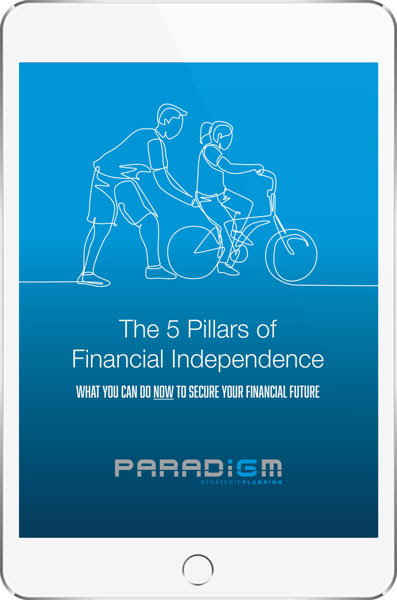ETF stands for Exchange Traded Fund. They are a type of investment that behaves like shares (meaning they can be bought and sold on the stock exchange) while offering the flexibility and liquidity of a managed fund.
According to research undertaken by Morningstar, Australian investment in Exchange Traded Funds (ETFs) grew by 30.4% in the twelve months ending December 2020 to reach a capitalisation of $79.3 billion (US $60.8 billion).
Since they are clearly gaining in popularity, let’s find out some more about them and consider who they might be good for.
Physical ETFs
Physical ETFs buy underlying investments like shares and other assets. When you invest in an ETF you don’t directly own the assets, you purchase units. Through the movement of those units investment performance is achieved.
Synthetic ETFs
Synthetic ETFs not only purchase underlying fund assets, but their performance is also often achieved through investment in derivative products. This makes them a more complex style of investment.
Other types of ETF exist outside of Australia but the Australian Securities and Investments Commission (ASIC) warns that those products are highly sensitive to market fluctuations and carry greater risk – in short, they’re not for the faint-hearted!
The upsides and downsides
If you’re still wondering why ETFs are so popular, one of the main reasons is that for a relatively low cost, you can access portfolios of domestic shares and direct property not normally available to individual investors.
Some ETFs track the movement of a single market sector; others track broader markets with hundreds of holdings. Such trading capability provides huge potential for diversity across international assets and markets.
Subsequently, investment in ETFs carries greater risk when compared with managed funds as their performance is designed to track a specific index or investment. As already mentioned, owing to their complexity, synthetic ETFs are riskier than physical ones.
Trading prices are readily available but you should be aware that brokers may quote a higher price after factoring in brokerage fees. Further, it’s advisable to check management fees before investing – not all ETFs are the same.
ETFs seem particularly well-suited to SMSFs and pension funds seeking low-cost portfolio diversification, but as with any investment, professional advice is vital.
If this article has piqued your interest and you’d like to learn more about ETFs, it’s a good idea to contact your licensed financial advisor to determine if they’re appropriate for your portfolio.
You might also like …
 If you like this article, you might be interested to know that we share useful thoughts and information like this in our monthly financial insights email. You can subscribe to that email here. All subscribers receive a copy of our e-book: The 5 Key Pillars of Financial Independence.
If you like this article, you might be interested to know that we share useful thoughts and information like this in our monthly financial insights email. You can subscribe to that email here. All subscribers receive a copy of our e-book: The 5 Key Pillars of Financial Independence.
General Advice Disclaimer
This article contains general advice only, which has been prepared without taking into account the objectives, financial situation or needs of any person. You should, therefore, consider the appropriateness of the information in light of your own objectives, financial situation or needs and read all relevant Product Disclosure Statements before acting on the information. Whilst every care has been taken to ensure the accuracy of the material, Paradigm Strategic Planning or Sentry Advice Pty Ltd will not bear responsibility or liability for any action taken by any person, persons or organisation on the purported basis of information contained herein. Without limiting the generality of the foregoing, no person, persons or organisation should invest monies or take action on reliance of the material contained herein but instead should satisfy themselves independently of the appropriateness of such action.
Paradigm Strategic Planning Pty Ltd is an Authorised Representative of Sentry Advice Pty Ltd AFSL 227748
